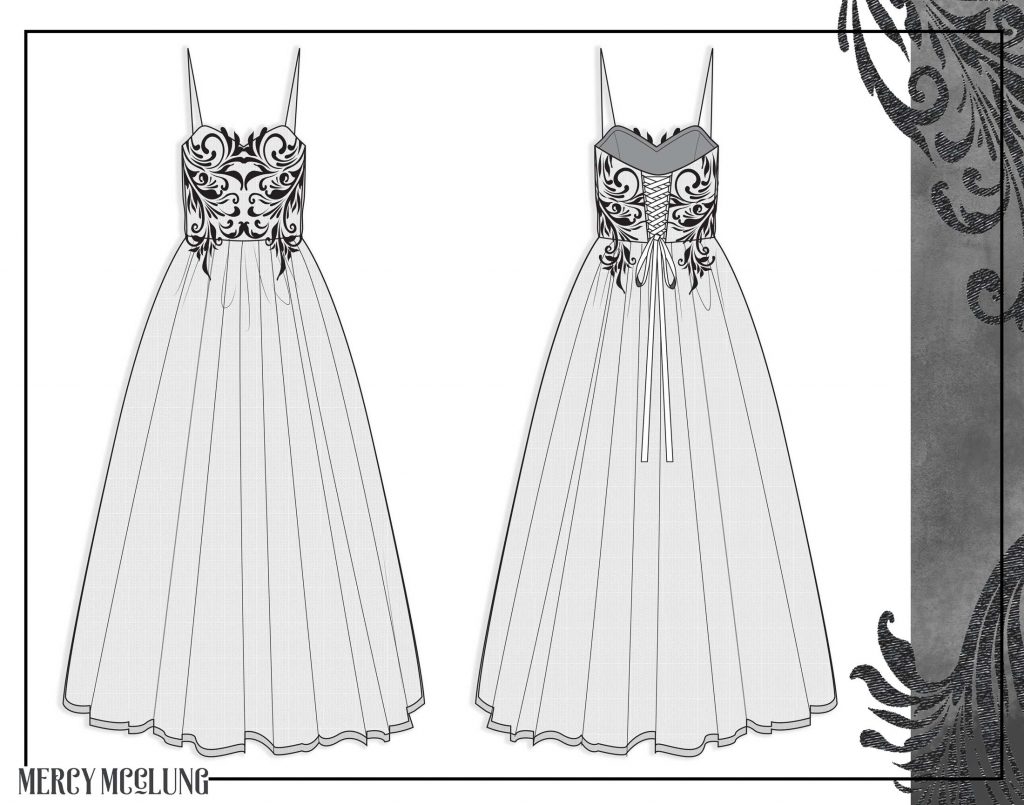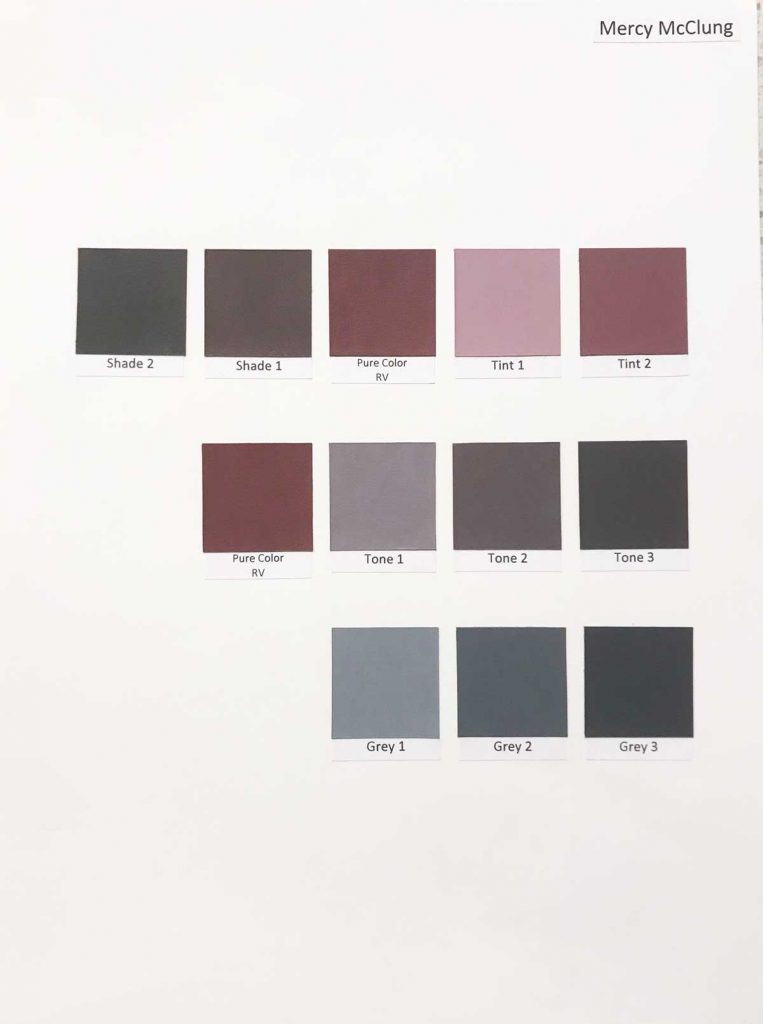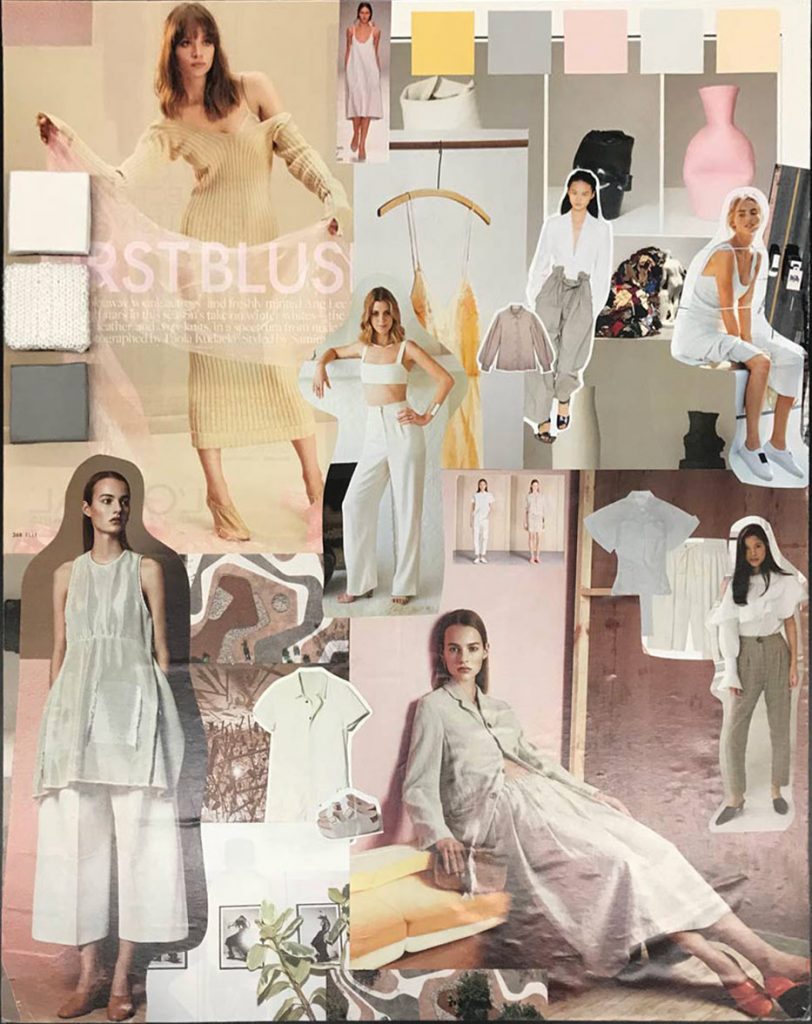Prada’s Flagship NYC Store: An Inside Look
Our study tour met in front of the Prada flagship store before venturing out to window shop the luxury market. As we walked through the area exploring the various displays, it was exciting to see the different aesthetics and creativity throughout. On our journey we stopped by Miu Miu which we would later find out is a branch off of Prada. It represents the fun feminine side that Mrs. Prada wanted to explore which is juxtaposed with the uniform aesthetic that Prada offers.
Prada’s Flagship NYC Store: An Inside Look Read More »









